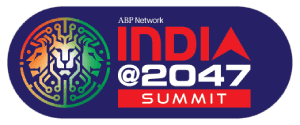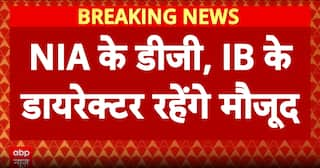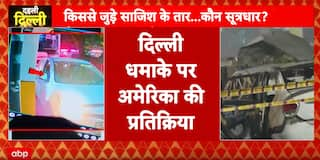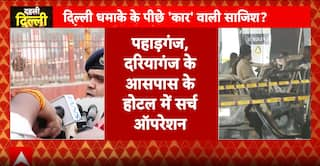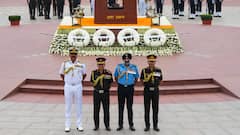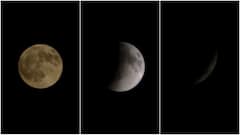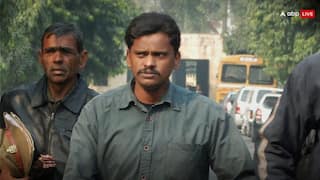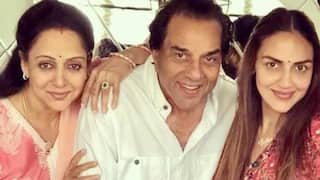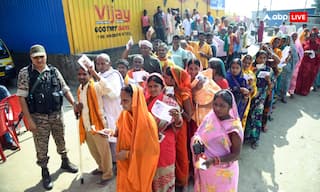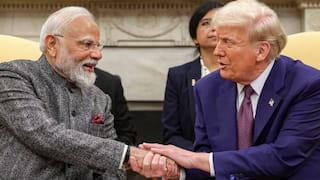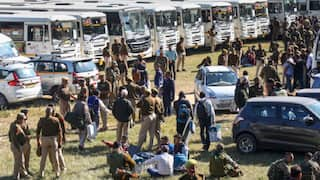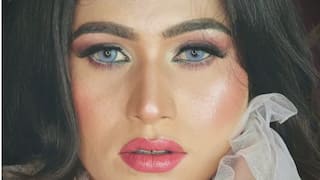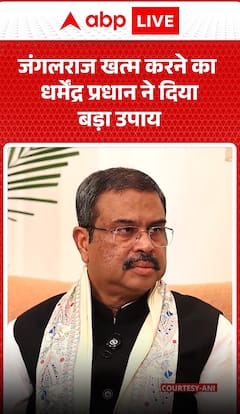Railway Minister Ashwini Vaishnaw’s CPR On Train Video Sparks Criticism: ‘Actually Harming The Patient’
Railway Minister Ashwini Vaishnaw's video of a TTE performing CPR on a conscious passenger drew criticism over serious procedural errors.
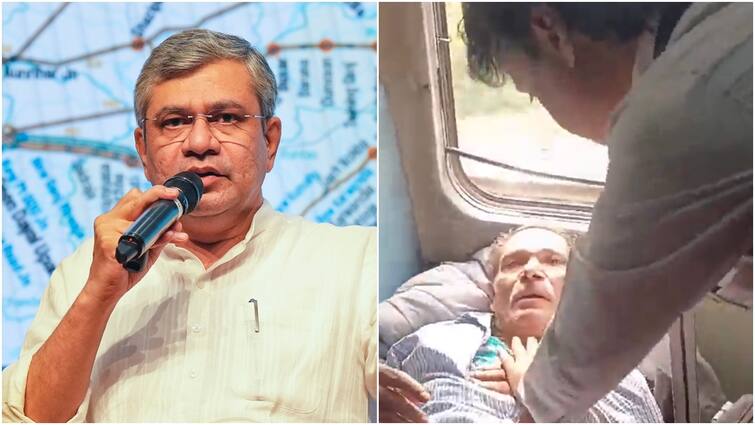
Railways Minister Ashwini Vaishnaw sparked criticism after sharing a video showing a Travelling Ticket Examiner (TTE) performing cardiopulmonary resuscitation (CPR) on a 70-year-old conscious passenger aboard a moving train. The post drew flak from medical professionals who highlighted significant procedural errors in the video.
CPR is a life-saving emergency technique performed only on individuals who are unconscious and have stopped breathing or lost a heartbeat, making its application on a conscious person incorrect.
In response to the backlash, the minister clarified in a follow-up post, "CPR should be stopped when a person becomes conscious or follows commands, which are signs of return of spontaneous circulation." However, doctors urged the minister to delete the video, stating that CPR, especially mouth-to-mouth resuscitation, should only be conducted when the patient is unconscious.
CPR should be stopped when a person becomes conscious or follows commands, which are signs of return of spontaneous circulation.
— Ashwini Vaishnaw (@AshwiniVaishnaw) November 25, 2024
Medical experts also emphasised that the train should have been halted immediately when the CPR attempt began, as safety is paramount during medical emergencies.
Community notes on the posts read, "CPR should not be given to a conscious person. The staff is actually harming the patient." "The response from the Minister is unsatisfactory. The person was undergoing CPR when fully awake and the video clearly shows that CPR was continued when fully awake followed by mouth-to-mouth breathing, also unwarranted," another community note stated in response to the minister's clarification.
ALSO READ | 2% Of People In India Know CPR, Inadequate By Global Standards: CSI
When Is CPR Appropriate?
CPR is performed when a person experiences cardiac arrest, characterised by the sudden cessation of heart function, breathing, and consciousness. It involves either conventional CPR—combining chest compressions and mouth-to-mouth breathing—or Hands-Only CPR, which is recommended for bystanders without medical training.
The American Heart Association advises a compression rate of 100–120 per minute, with a depth of 5–6 cm for adults, ensuring effective resuscitation while minimising harm. Public spaces often have automated external defibrillators (AEDs), which should be used alongside CPR to improve outcomes.
Top Headlines






